This ratatouille recipe has been my go-to summer dish for over 15 years, refined through countless farmers market hauls and family dinners. What started as my attempt to recreate the ratatouille I fell in love with during a cooking trip to southern France became this tried-and-true method that captures all the rustic charm and deep flavors of Provencal cooking. The key lies in respecting each vegetable's cooking time and building layers of flavor that make this humble vegetable stew into something really special.
Why You'll Love This Traditional Ratatouille Recipe
This ratatouille recipe works because it celebrates summer vegetables at their peak without any fuss or complicated techniques. If you've ever worried about making French food at home, you'll love how forgiving this dish is - there's no perfect way to cut the vegetables, and it actually gets better as it sits. Made with simple ingredients you can find at any grocery store, it's budget-friendly and makes your kitchen smell like a French countryside cafe.
The best part happens when all those different vegetables come together in one pot, each one keeping its own character while blending into something bigger. Emma always gets excited when I make this because he gets to help arrange the colorful vegetables, and honestly, watching him discover that eggplant can taste this good never gets old. It's the kind of dish that works as a side, a main course over rice, or even cold the next day on crusty bread.
Jump to:
- Why You'll Love This Traditional Ratatouille Recipe
- Ingredients for Perfect Ratatouille Recipe
- How To Make Ratatouille Recipe Step By Step
- Equipment For Ratatouille Recipe
- Ratatouille Recipe Variations
- Smart Swaps for Your Ratatouille Recipe
- Storing Your Ratatouille Recipe
- Why This Ratatouille Recipe Works
- Top Tip
- Grandma's Hidden Recipe: A Family's Legacy
- FAQ
- Pure Summer on a Plate!
- Related
- Pairing
- Ratatouille Recipe
Ingredients for Perfect Ratatouille Recipe
The Vegetable Stars:
- Medium eggplant
- Zucchini
- Bell peppers
- Large onion
- Fresh tomatoes
- Garlic cloves
The Flavor Foundation:
- Good olive oil
- Fresh thyme
- Bay leaves
- Fresh basil
- Salt and black pepper
- Tomato paste
Optional Touches:
- A splash of balsamic vinegar
- Fresh parsley
- Red wine
- Herbes de Provence
See recipe card for quantities.
How To Make Ratatouille Recipe Step By Step
First Stage (Prep Work):
Vegetable Preparation:
- Cut eggplant and zucchini into ¾-inch cubes
- Salt them well, let sit 30 minutes
- Rinse and pat completely dry with paper towels
- Dice onion and bell peppers
- Chop tomatoes, remove seeds if watery
- Mince garlic
Building the Base:
- Heat olive oil in large pot over medium heat
- Cook onions until soft, about 8 minutes
- Add garlic, cook 1 minute until it smells good
- Stir in tomato paste, cook 2 minutes
The Layering Method:
Adding Vegetables:
- Add bell peppers first, cook 5 minutes
- Add eggplant, cook stirring often, 8 minutes
- Add zucchini, cook 5 minutes
- Add tomatoes, thyme, bay leaves
- Season with salt and pepper
The Slow Simmer:
- Stir in fresh basil just before serving
- Turn heat to low
- Cover and cook 45 minutes, stirring occasionally
- Remove lid, cook 15 more minutes to thicken
- Remove bay leaves
Equipment For Ratatouille Recipe
- Large heavy-bottomed pot or Dutch oven
- Sharp chef's knife
- Large cutting board
- Colander for draining salted vegetables
- Wooden spoon for stirring
Ratatouille Recipe Variations
Mediterranean Style:
- Add Kalamata olives
- Crumbled feta cheese
- Fresh oregano
- Lemon zest finish
Spicy Kick:
- Red pepper flakes
- Diced jalapeño
- Smoked paprika
- Hot sauce drizzle
Protein-Packed:
- Italian sausage (cooked first)
- Chickpeas or white beans
- Hard-boiled eggs on top
- Grilled chicken pieces
Roasted Version:
- Cut vegetables larger
- Toss with olive oil
- Roast at 425°F for 45 minutes
- Stir in fresh herbs after
Smart Swaps for Your Ratatouille Recipe
Vegetable Options:
- Yellow squash → Zucchini
- Cherry tomatoes → Regular tomatoes (halved)
- Green bell peppers → Red or yellow
- Shallots → Regular onion
Herb Changes:
- Dried thyme → Fresh thyme (use half the amount)
- Oregano → Thyme
- Italian seasoning → Herbes de Provence
- Dried basil → Fresh basil (add at the end)
Oil Changes:
- Avocado oil → Olive oil
- Vegetable oil → Olive oil (but you'll lose some flavor)
Make It Heartier:
- Serve over pasta or rice
- Add white beans for protein
- Stir in cooked quinoa
- Top with crumbled goat cheese
Storing Your Ratatouille Recipe
Refrigerator Storage (4-5 days):
- Cool completely before storing
- Keep in airtight container
- Actually tastes better the next day
- Reheat gently on stovetop
Freezer Storage (3 months):
- Cool completely first
- Portion in freezer bags
- Label with date
- Thaw overnight in fridge before reheating
Reheating Tips:
- Low heat on stovetop works best
- Add splash of olive oil if needed
- Microwave works but stir halfway through
- Don't overcook when reheating
Serving Ideas:
- Mixed into scrambled eggs
- Cold over crusty bread
- Warm over pasta or rice
- As a side dish
Why This Ratatouille Recipe Works
From teaching this dish to dozens of home cooks, I've learned exactly what makes ratatouille turn out right every single time. The trick isn't in fancy technique - it's all about timing and patience. Most people dump everything in at once and wonder why their vegetables turn to mush, but this method cooks each vegetable at just the right moment so they keep their shape and individual flavors. The salting step that seems like extra work? That's what stops your ratatouille from becoming vegetable soup.
Emma learned this lesson when he tried to skip the salting once - we ended up with what he called "vegetable water" instead of the rich, chunky ratatouille we love. The other game-changer is building that flavor base with the onions and tomato paste first. It creates this deep, savory foundation that makes even simple summer vegetables taste like they've been cooking in a French farmhouse all day.
Top Tip
- The secret to restaurant-quality ratatouille that doesn't turn into mushy vegetable soup? Always salt your eggplant and zucchini cubes for exactly 30 minutes before cooking, then rinse and pat them completely dry. This one step that most home cooks skip draws out excess moisture and stops your beautiful summer vegetables from releasing water during cooking.
- Don't rush this salting step - those 30 minutes of patience will change your ratatouille from good to incredible! I've watched countless students try to skip this part to save time, only to end up with what Emma calls "vegetable soup" instead of the chunky, restaurant-style ratatouille that makes people ask for the recipe. Trust me on this one
Grandma's Hidden Recipe: A Family's Legacy
My grandmother never wrote down her ratatouille recipe, but she had one trick that made hers taste different from everyone else's. She'd save the liquid from her canned tomatoes all summer long, storing it in mason jars in her cellar. When ratatouille season came around, she'd use this concentrated tomato water instead of regular liquid, creating this deep, rich base that tasted like pure summer sunshine.
But here's the part that really made the difference - she'd add a tiny spoonful of her homemade blackberry jam right at the end. Just enough to balance the sourness of the tomatoes without making it sweet. "Vegetables need a little love," she'd say, stirring in that dark purple jam. It wasn't until years after she passed that I found her handwritten note tucked in her recipe box: "One teaspoon jam per pot - the secret is in the balance.
FAQ
What are the ingredients in Ratatouille Recipe?
Traditional ratatouille contains eggplant, zucchini, bell peppers, onions, tomatoes, and garlic, all cooked with olive oil and herbs like thyme and basil. The key is using fresh, ripe summer vegetables and good olive oil. Some versions add wine or different herbs, but these core vegetables make the classic dish.
What's the secret of a good Ratatouille Recipe?
The biggest secret is salting your eggplant and zucchini first to draw out excess water, then cooking each vegetable separately before combining them. Don't rush the process - low, slow cooking lets the flavors develop while keeping the vegetables from turning mushy. Building a good base with onions and tomato paste also makes a huge difference.
What is traditionally served with Ratatouille Recipe?
Ratatouille works great as a side dish with grilled meats, fish, or chicken. It's also tasty over rice, pasta, or polenta as a main course. In France, it's often served with crusty bread, and it makes a wonderful topping for omelets or scrambled eggs the next day.
What is la Ratatouille Recipe made of?
La ratatouille is a traditional French vegetable stew from Provence made with summer vegetables like eggplant, zucchini, bell peppers, tomatoes, and onions. It's seasoned with garlic, herbs like thyme and basil, and cooked slowly in olive oil. The name comes from the Occitan word "ratatolha" meaning to stir or mix together.
Pure Summer on a Plate!
Now you have all the secrets to making ratatouille recipe that tastes like it came straight from a French countryside kitchen - from proper salting technique to Grandma's blackberry jam trick. This humble vegetable stew proves that the simplest ingredients often create the most satisfying meals.
Craving more Mediterranean flavors? Try our Easy Stuffed Bell Peppers Recipe that brings the same garden-fresh goodness to your dinner table. Want something light and fresh? Our The Best Greek Orzo Salad Recipe pairs perfectly with ratatouille for a complete summer feast. For your next cookout, our Best Ranch Garlic Parmesan Chicken Skewers make the perfect protein to serve alongside this French classic!
Celebrate your Swedish meatball creations! We can't wait to see your delicious meals!
Rate this recipe and join our cooking community!
Related
Looking for other recipes like this? Try these:
Pairing
These are my favorite dishes to serve with Ratatouille Recipe
Ratatouille Recipe
Equipment
- 1 Large heavy-bottomed pot (Dutch oven or similar)
- 1 Sharp chef’s knife
- 1 Large cutting board
- 1 Colander (For draining salted veggies)
- 1 Wooden spoon (For stirring)
Ingredients
- 1 Medium Eggplant - Cut into ¾-inch cubes
- 2-3 Medium Zucchini - Cut into ¾-inch cubes
- 2 Medium Bell peppers - Red and yellow diced
- 1 Large Onion - Diced
- 4-5 Cloves Garlic - Minced
- 5-6 Medium Fresh tomatoes - Chopped seeds removed
- 2 tablespoon Tomato paste
- 2-3 Sprigs Fresh thyme
- 2-3 Leaves Bay leaves
- ½ cup Olive oil - Good quality for cooking
- 1-2 teaspoon Salt
- 1 teaspoon Black pepper
- 2 tablespoon Fresh basil - Chopped for garnish
- Optional Splash Balsamic vinegar
- Optional Fresh parsley - For garnish
- Optional Splash Red wine - Adds depth to the flavor
- Optional 1 tsp Herbes de Provence

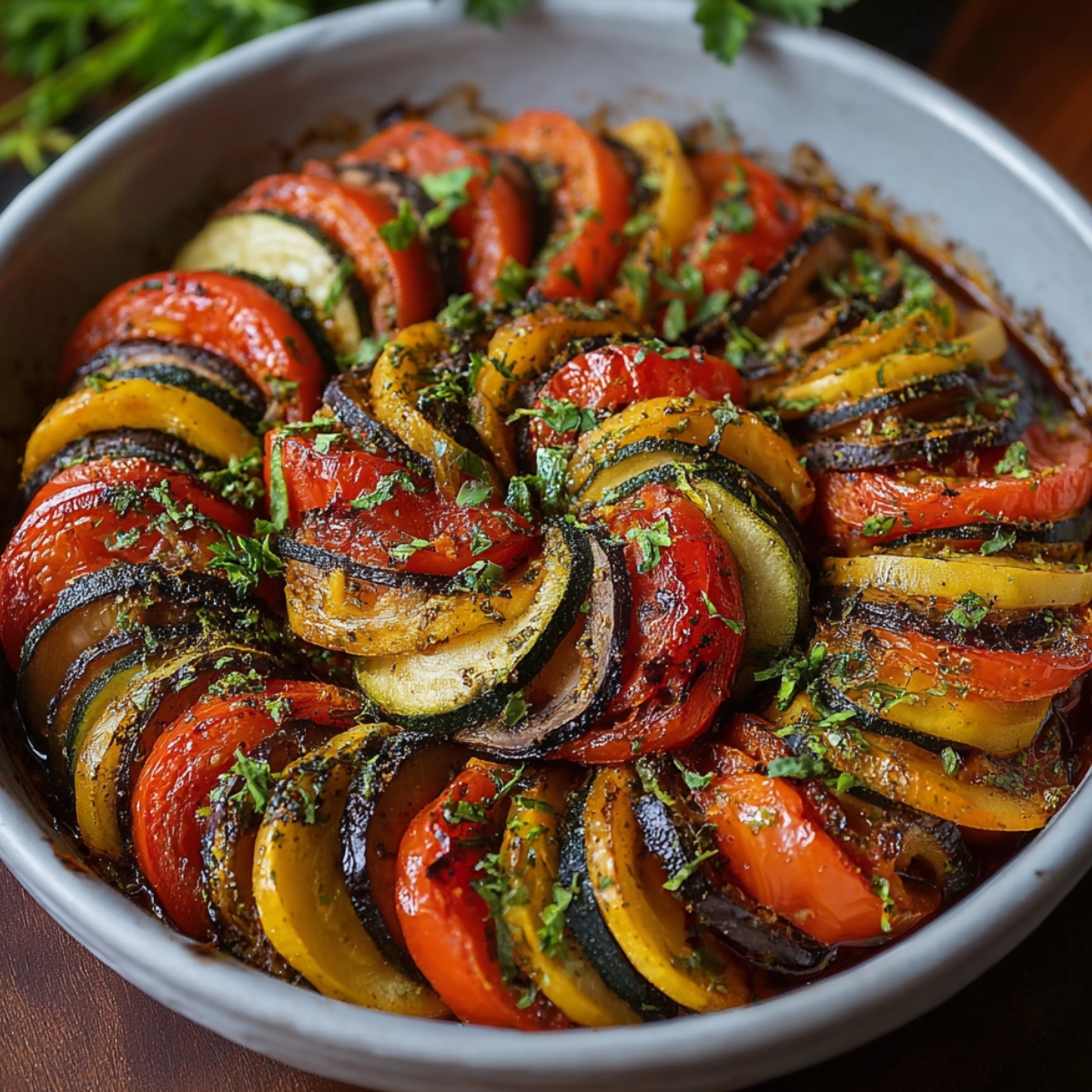
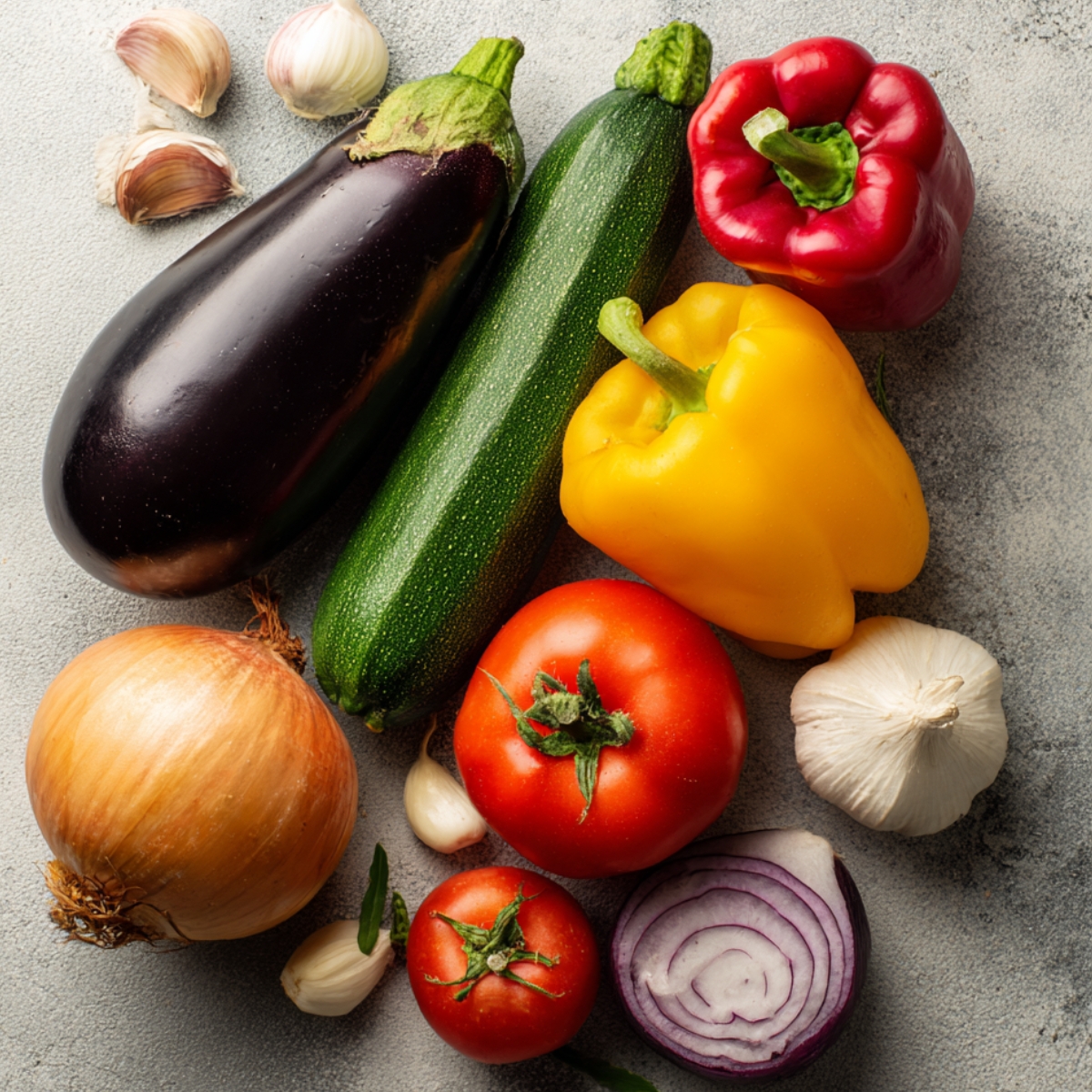
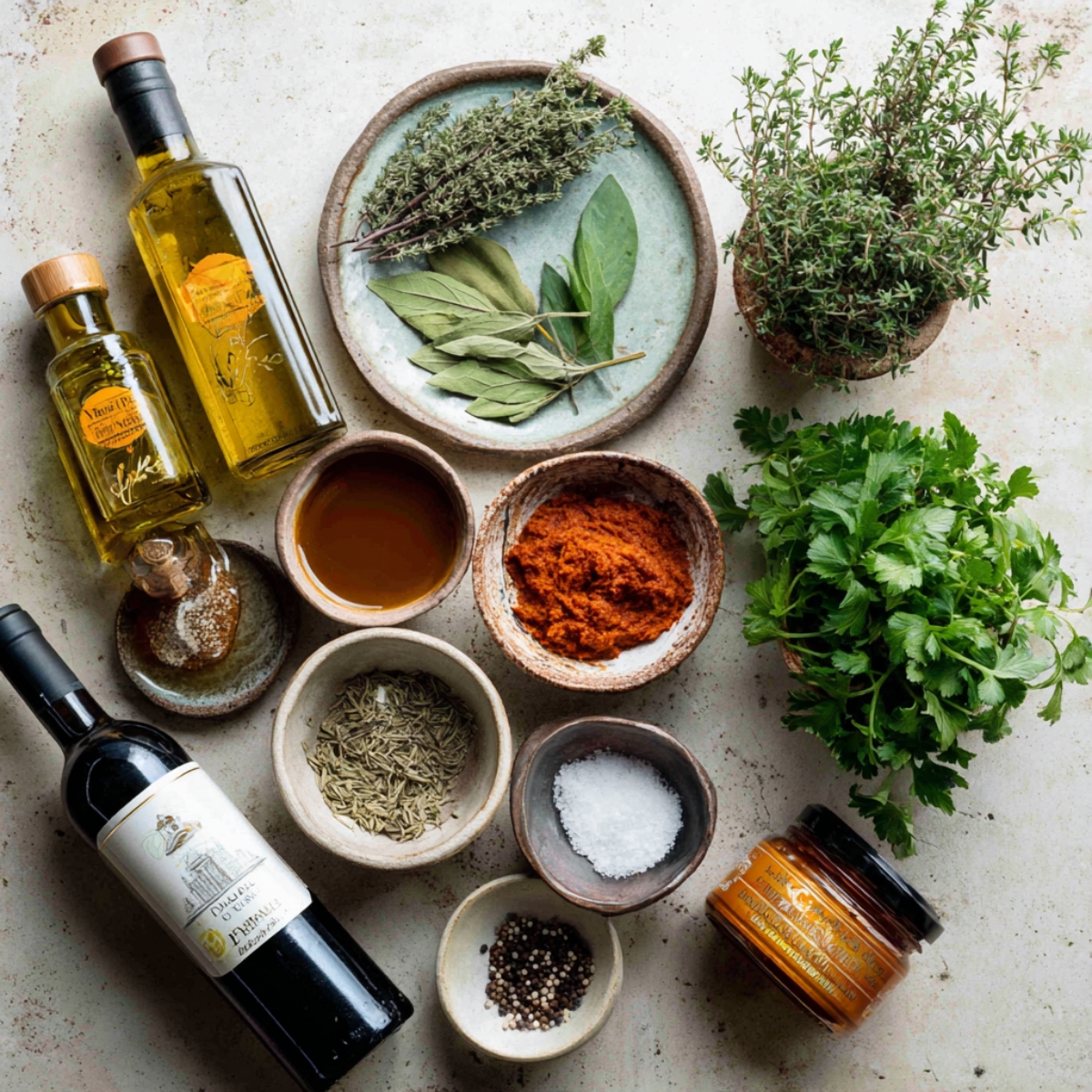
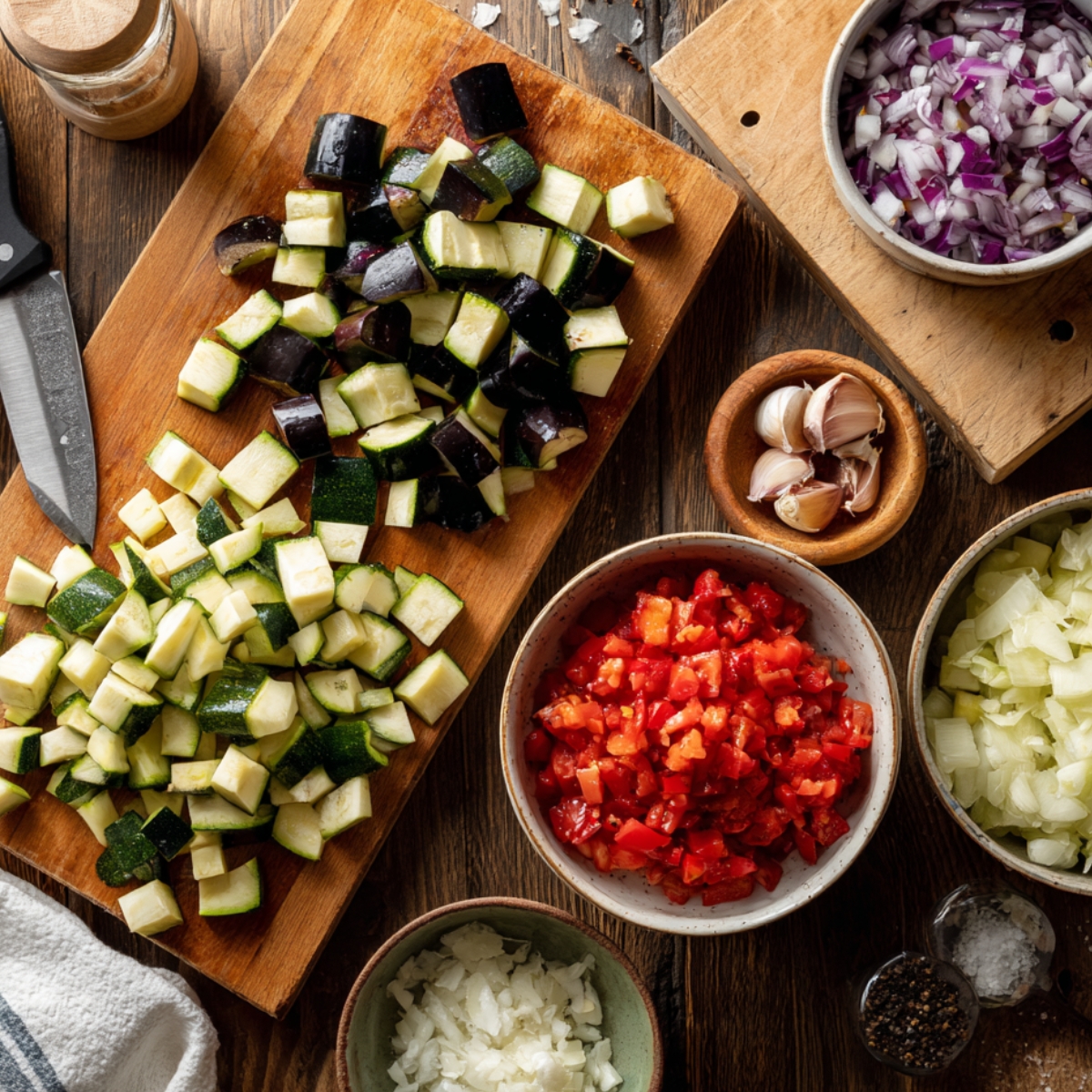
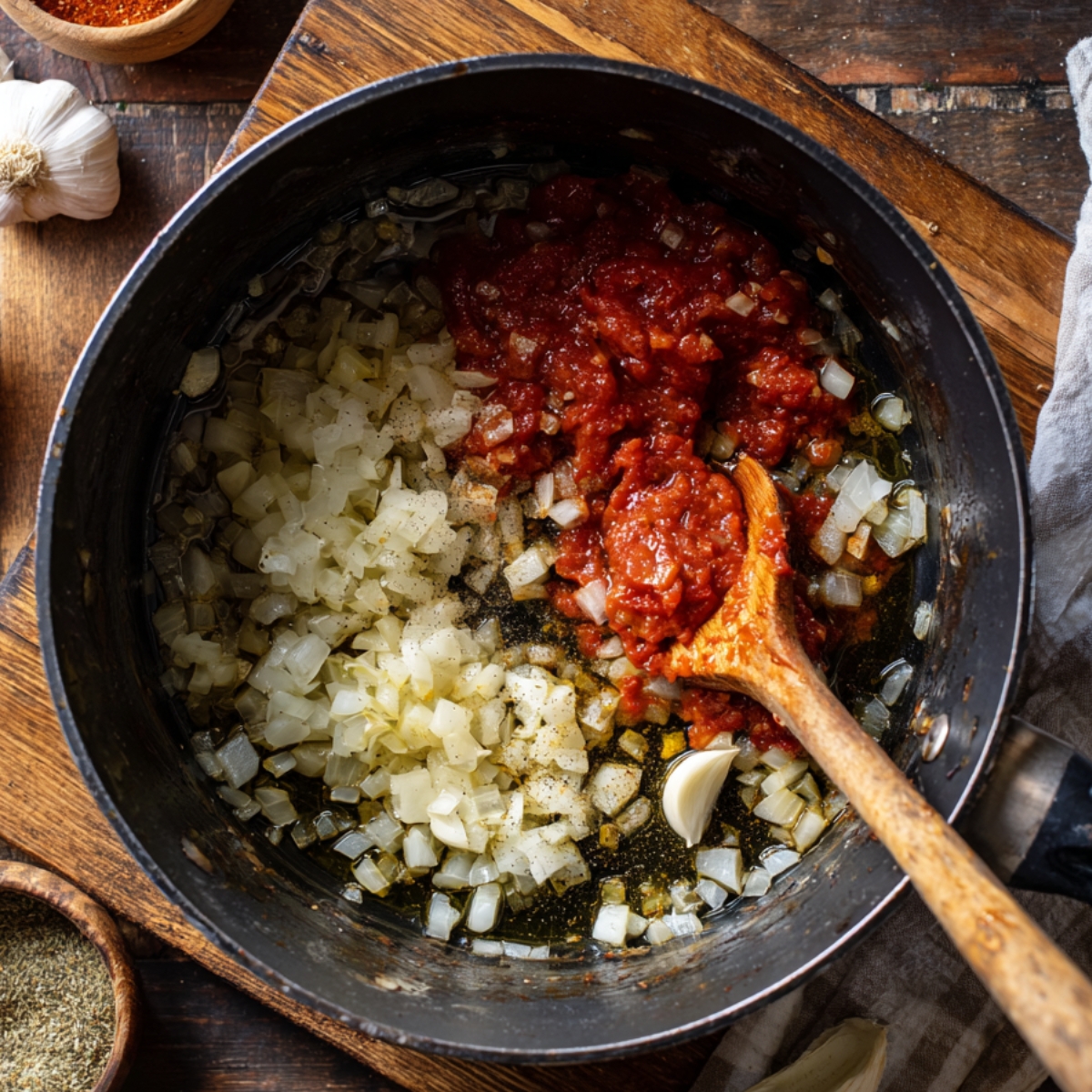
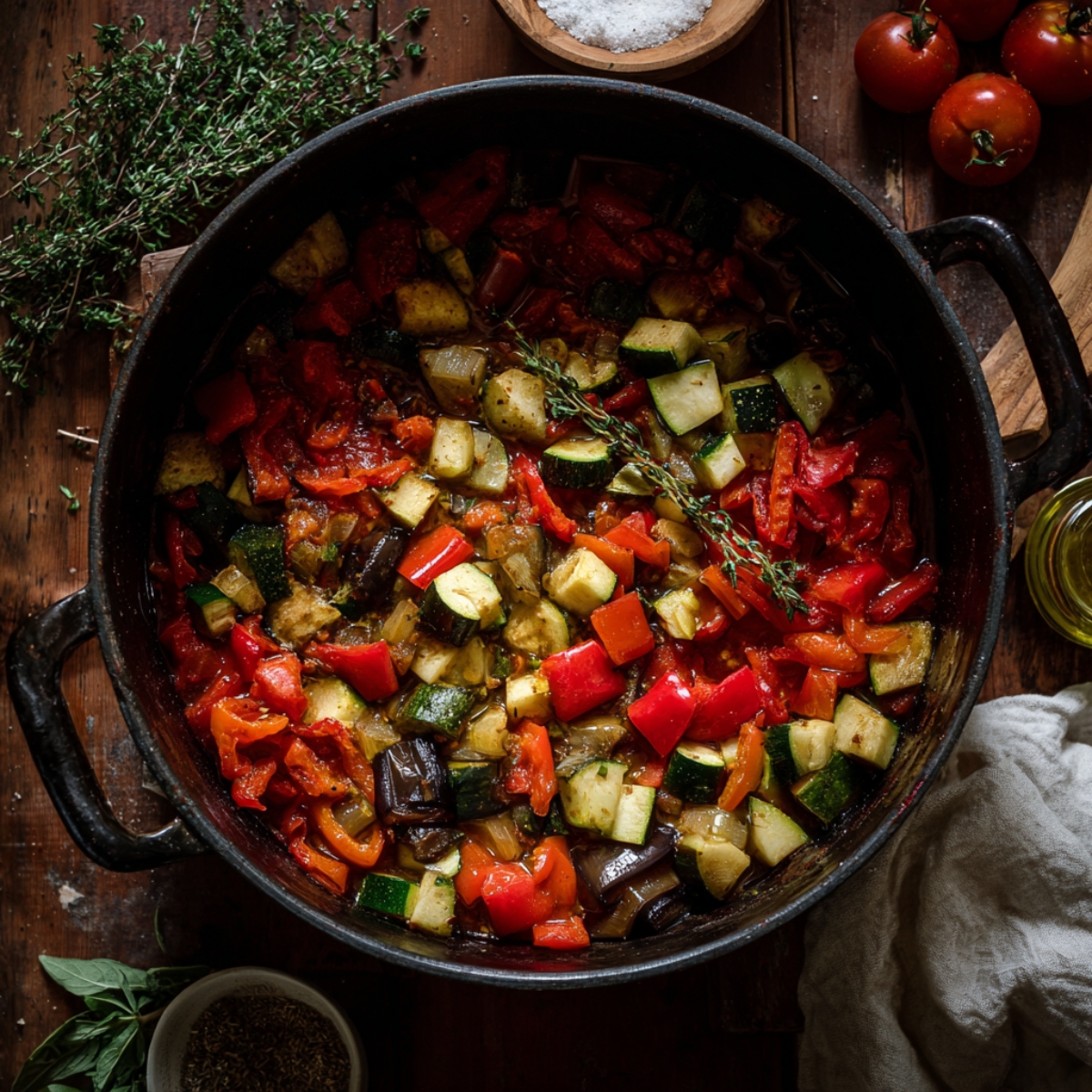
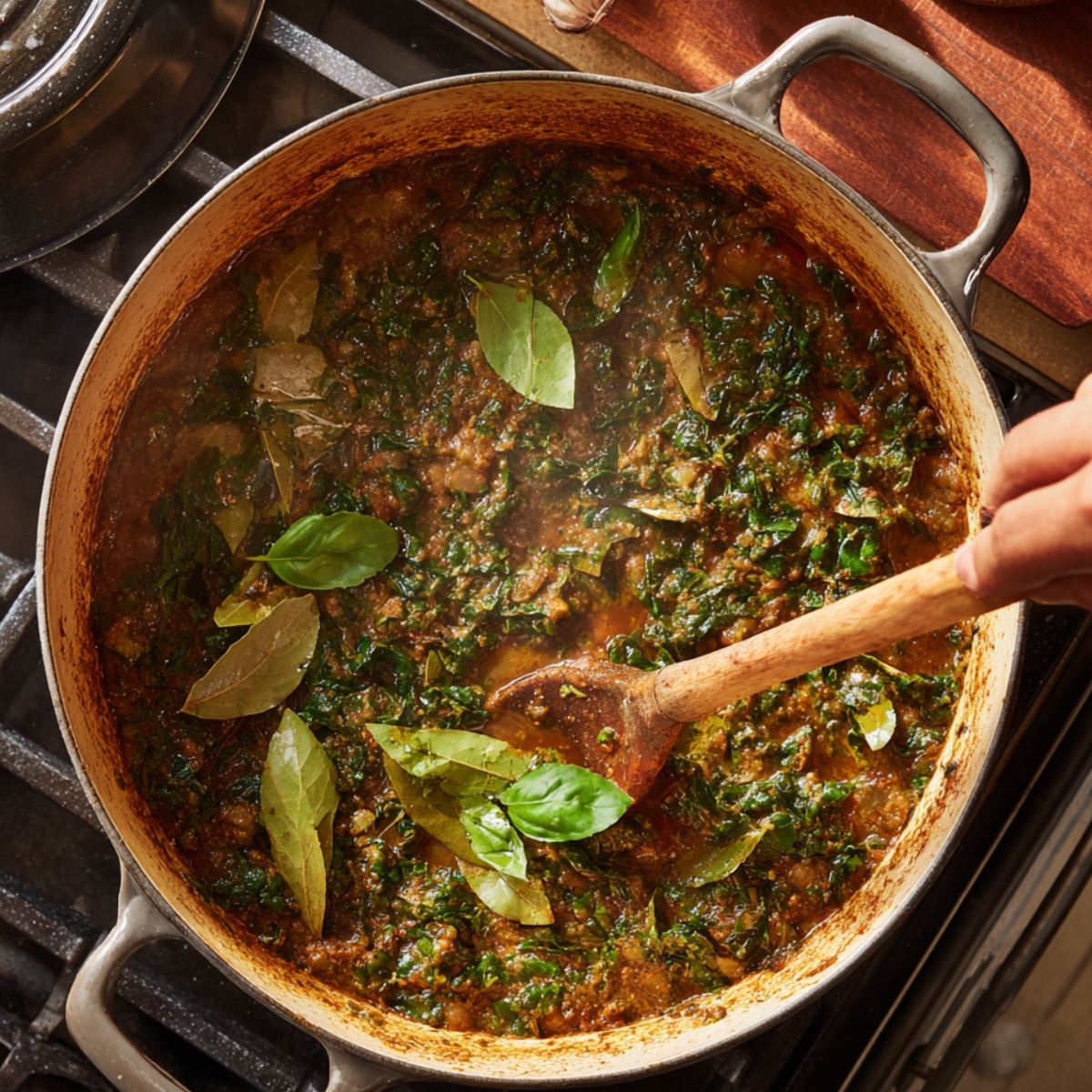

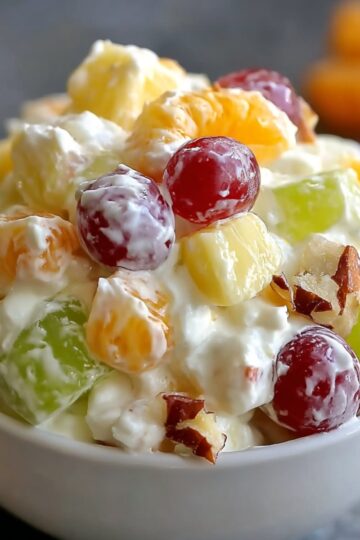


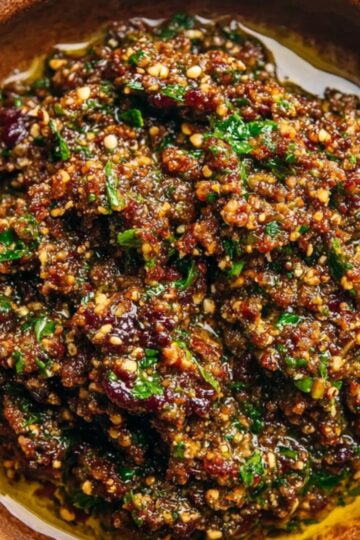
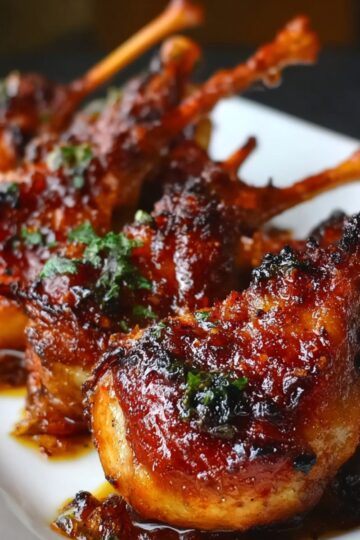


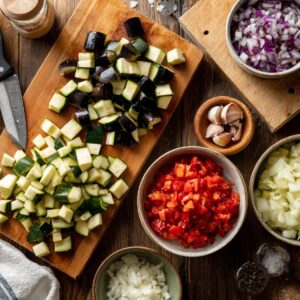
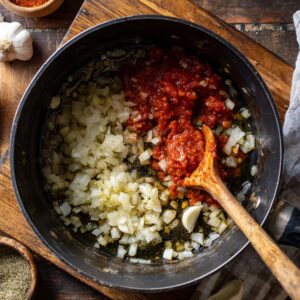
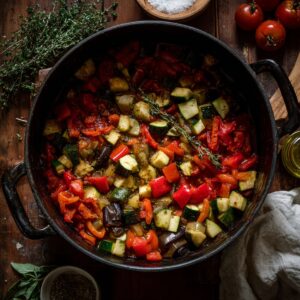
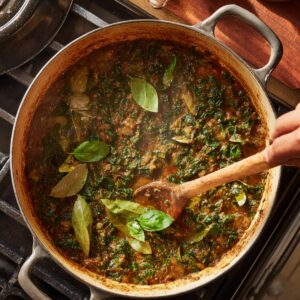



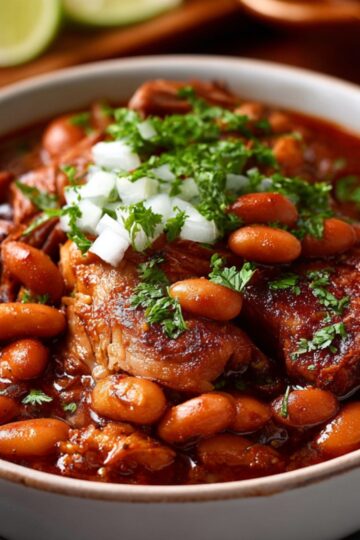
Leave a Reply